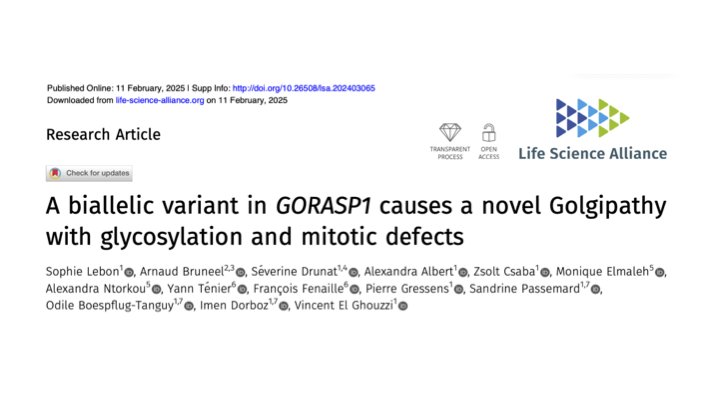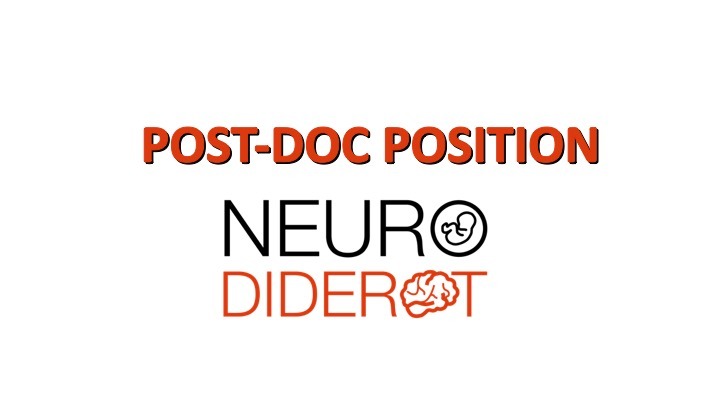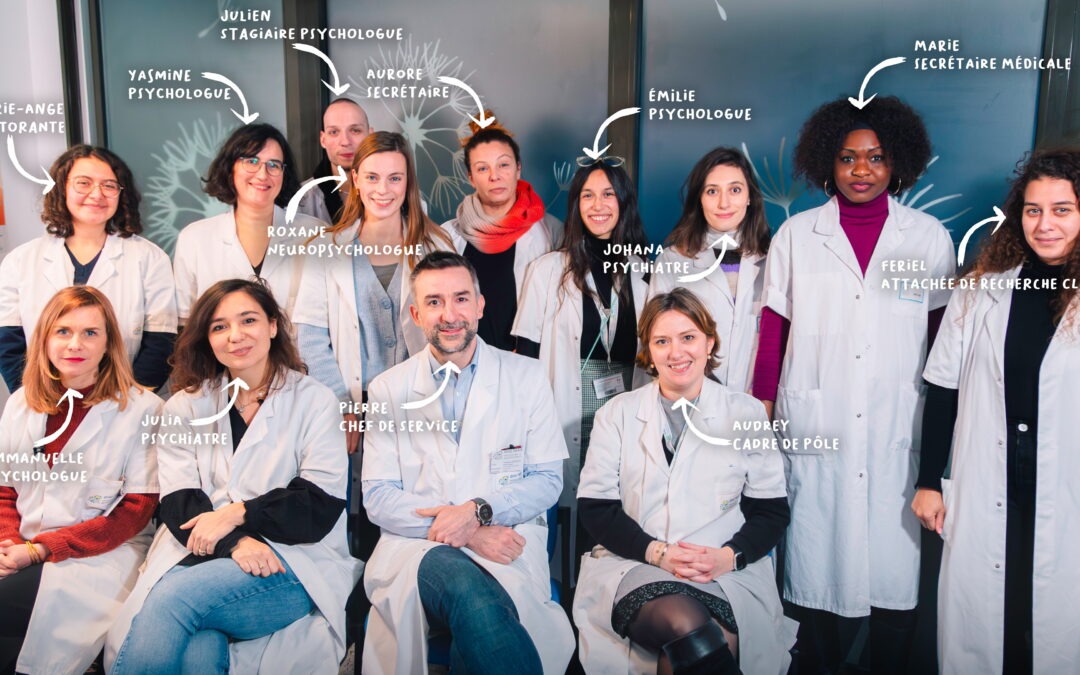Neuroinflammation and neurotransmission
Understanding how neural networks are built is a central question in neurobiology. Genetic and environmental factors are key actors of brain development. We have demonstrated that the transcription factor RORalpha coordinates thalamic and cortical maturation to instruct the development of the somatosensory layer IV barrel cortex (Vitalis T. et al., Cereb Cortex 2018 ; Vitalis T. and Mariani J. Neural Regen Res 2018). Among the environmental factors, we investigated the role of maternal peripheral/circulating 5-HT in sculpting the brain structure and defining the behavior of the progeny. For this purpose, we have explored the phenotype of wild-type mice born to Tph1+/- dams that present a 60% deficit in circulating 5-HT. Our results have revealed a long-term effect due to maternal hyposerotonemia: adult males, but not females, display anxiety and hyperactivity, associated with reduced levels and increased turnover of monoamines in key cerebral structures. Two grants have been obtained to pursue this topic and a paper is in a writing process.
Within the brain, emerging evidence indicates that 5-HT may also regulate brain inflammation by the modulation of microglial reactivity and astrocyte functions. Accordingly, we have recently demonstrated that the HTR7 may represent an innovative therapeutic target to protect the developing brain from preterm brain injuries (Bokobza C. et al., J Neural Transm (Vienna) 2023).
Impairment of blood-brain barrier (BBB) is involved in numerous neurological diseases from developmental to aging stages. Reliable imaging of increased BBB permeability is therefore crucial for basic research and preclinical studies. We recently developed a novel approach to study leakage of the BBB, based on agonist-induced internalization of a neuronal G protein-coupled receptor widely distributed in the mammalian brain, the somatostatin receptor type 2 (SST2) (Csaba Z. et al., Neuropathol Appl Neurobiol 2021). This approach provides an alternative and simple manner to assess BBB dysfunction and development in different physiological and pathological conditions in embryo, juvenile and adult preclinical rodent models. This method was successfully used to demonstrate the role of the Poly(ADP-Ribose) polymerase inhibitor PJ34 in reducing brain damage after stroke in the neonatal mouse brain (Bonnin P. et al., Curr Issues Mol Biol 2021). Concerning the GPCRs field, we also have contributed to highly cited reviews (Gunther T. et al., Pharmacol Rev 2018 ; Alexander S.P.H. et al., Br J Pharmacol 2019 ; Alexander S.P.H. et al., Br J Pharmacol 2021).
Epilepsy remains a therapeutic challenge with 20-30% of patients being drug resistant. Translational work for antiseizure drug development for rare epilepsy syndromes have been conducted on Dravet syndrome including a phase 3 randomized controlled trials on the use of fenfluramine (Nabbout R. et al., JAMA Neurol 2020; Cardenal-Munoz E. et al., Epilepsia Open 2022) , on infantile spasm syndrome (West syndrome) including a phase 1b trial (Auvin S. et al., Ann Clin Transl Neurol 2020 ; Dozières-Puyravel B. et al., Dev Med Child Neurol 2020) and on GLUT1 deficiency related epilepsy with a phase 2 trial (Striano P. et al., Epilepsia 2022 ; Zaman S.M. et al., Neurol Genet 2018). In addition to the conduction of early drug development trial, a work on innovation in clinical trial has been conducted to facilitate/improve drug development for pediatric epilepsies (Auvin S. et al., Epilepsia Open 2019 ; Auvin S. et al., Epilepsia Open 2019; Sullivan J. et al., Epilepsia 2021 ; Auvin S. et al., Epilepsy Behav 2021).
Contacts
Pascal Dournaud
NeuroDiderot, Inserm U1141
Hôpital Robert Debré
48 boulevard Sérurier
75019 Paris
pascal.dournaud@inserm.fr
Stéphane Auvin
Service de neurologie et maladies métaboliques & Inserm UMR1141
Hôpital Robert Debré
48 boulevard Sérurier
75019 Paris
stephane.auvin@aphp.fr
À lire aussi

New Golgipathy identified in NeuroDev team
The NeuroDev team publishes an article in Life Science Alliance [1] identifying the first human pathogenic variant of GORASP1, the gene encoding the Golgi stacking protein GRASP65, and demonstrating its consequences on glycosylation and mitotic progression. [1] S....

Post-doc opportunity (1-2 years) within the group “Mitochondria and NDD” in the NeuroDev team
POSITION DESCRIPTION Postdoctoral position in the field of Neurosciences Type of contract: temporary position (CDD) Contract/project period: 1-2 years Expected date of employment: 1.04.2025 Proportion of work: 100% Workplace: Université Paris Cité, Inserm,...

Advancing psychiatry through Sleep and Chronobiology research
The “Mood” research axis of the SleepCmd team is dedicated to understanding the intricate links between sleep, circadian rhythms, and mood disorders such as depression, bipolar disorder, seasonal affective disorder, and suicide. Using state-of-the-art methods, the...

Job opportunity within The Integrative Genomics in Neurodevelopment group
The Integrative Genomics in Neurodevelopment group is seeking a highly motivated post-doctoral researcher. Check out the opportunity here: Post-doc researcher position in Computational Biology
